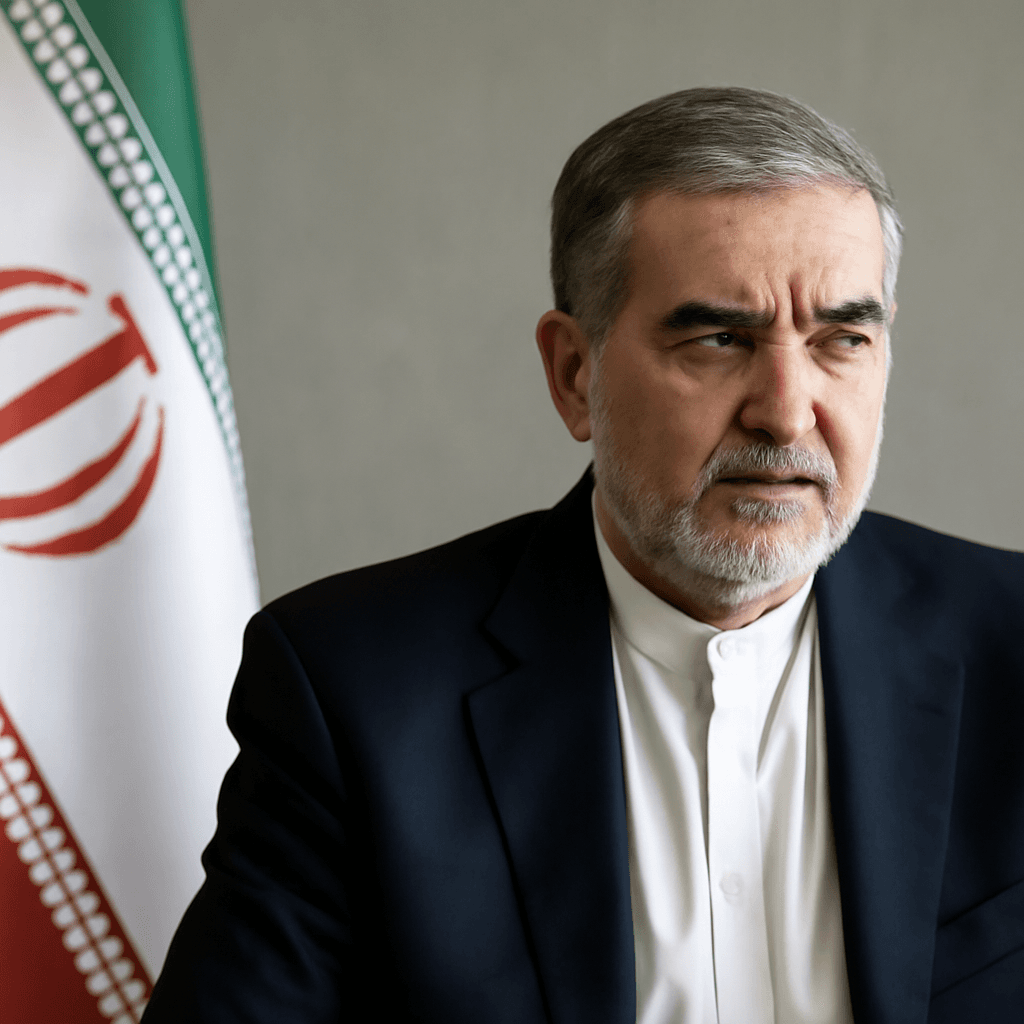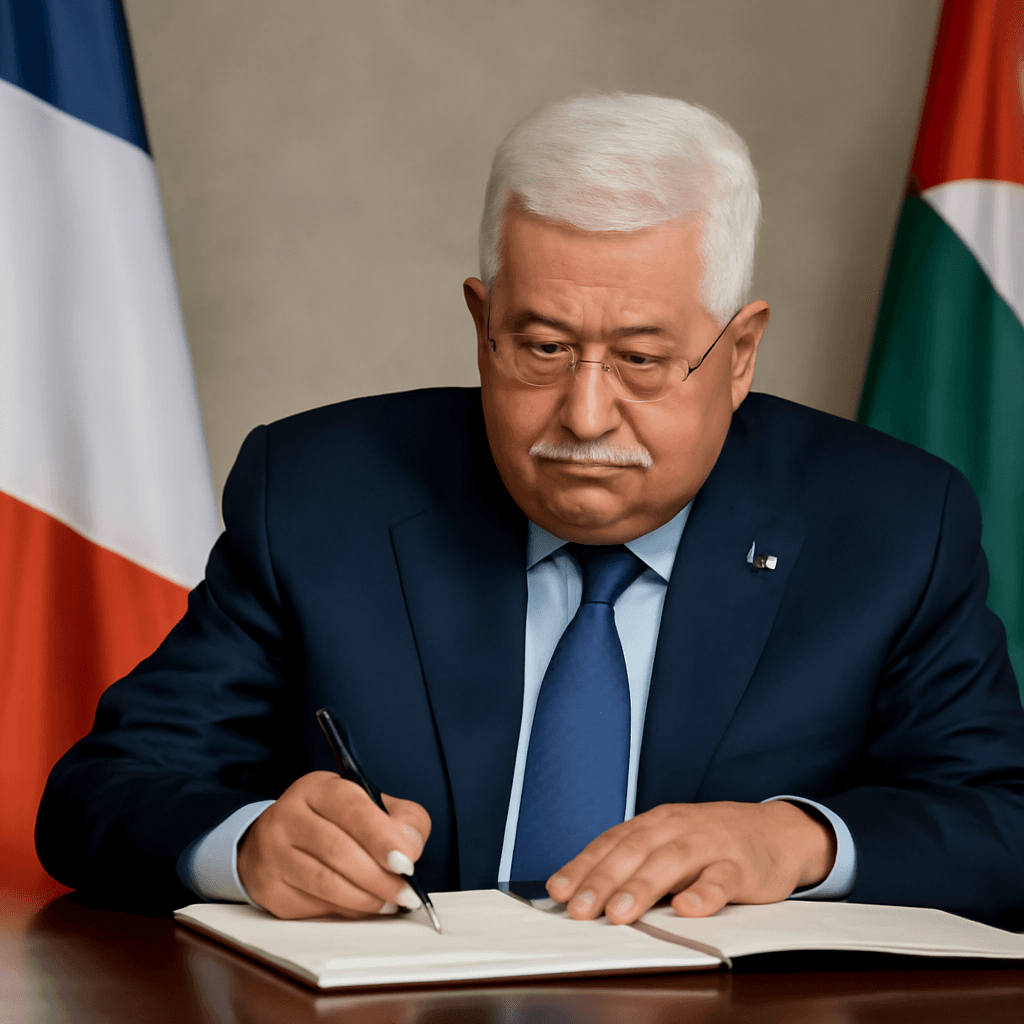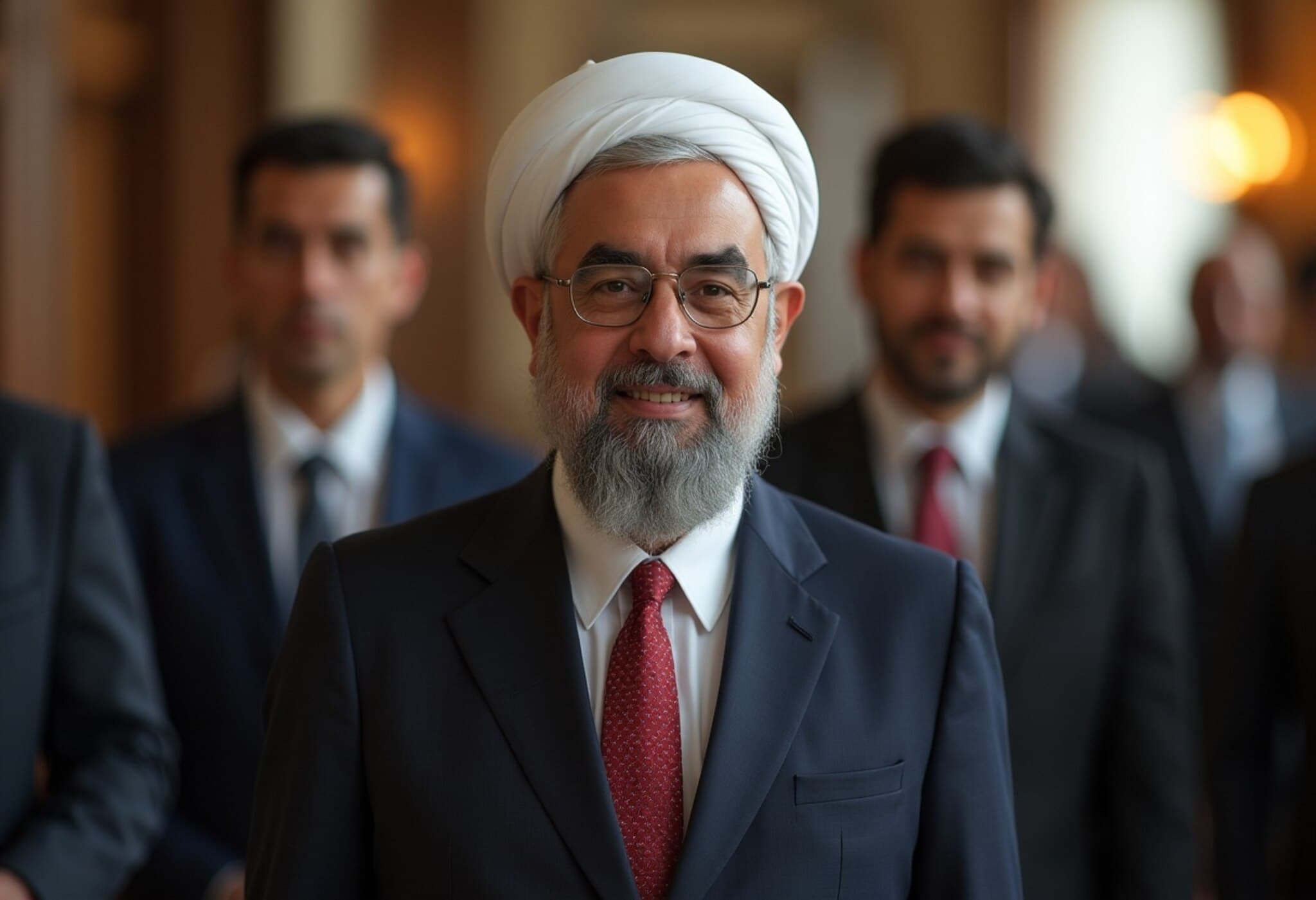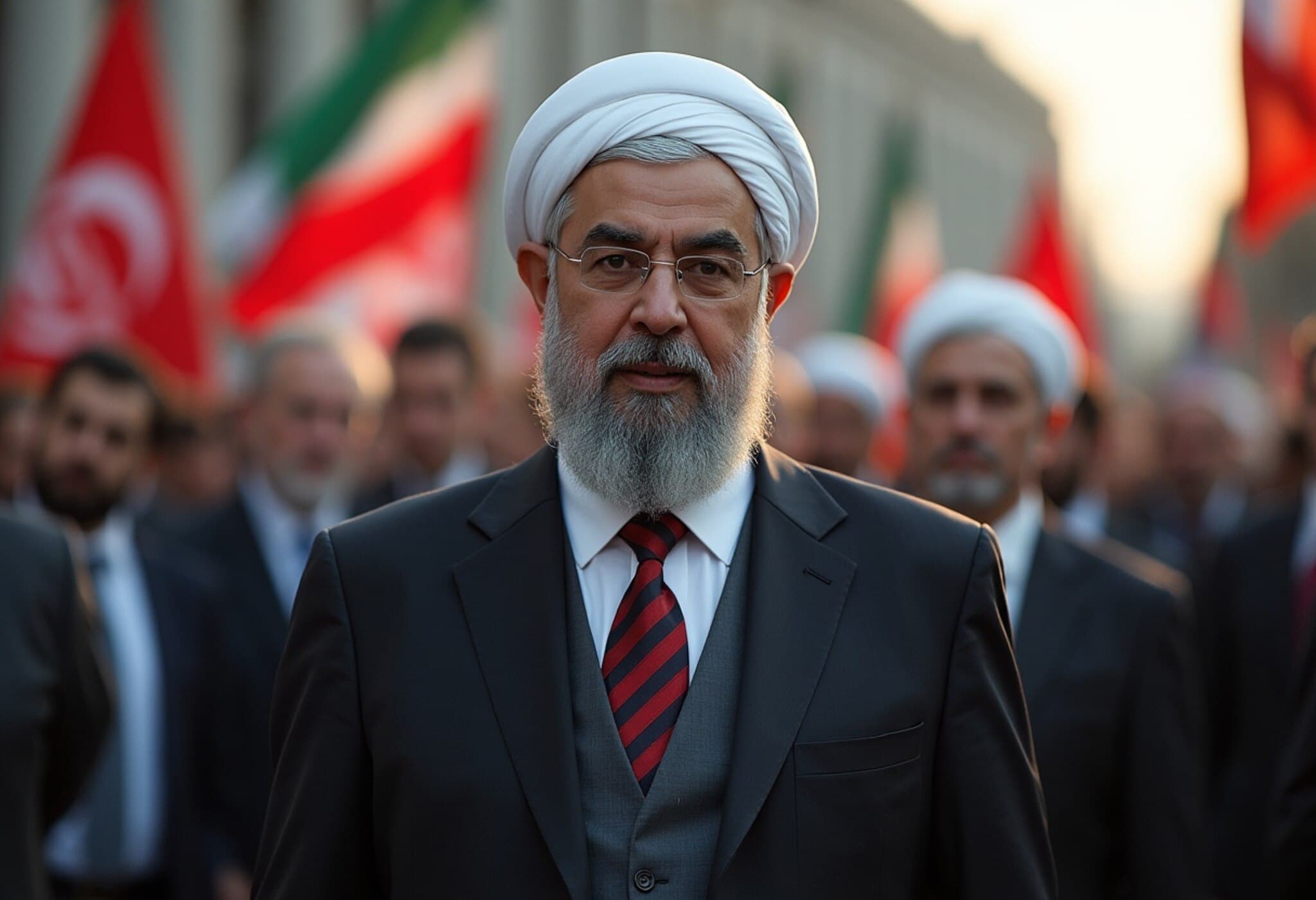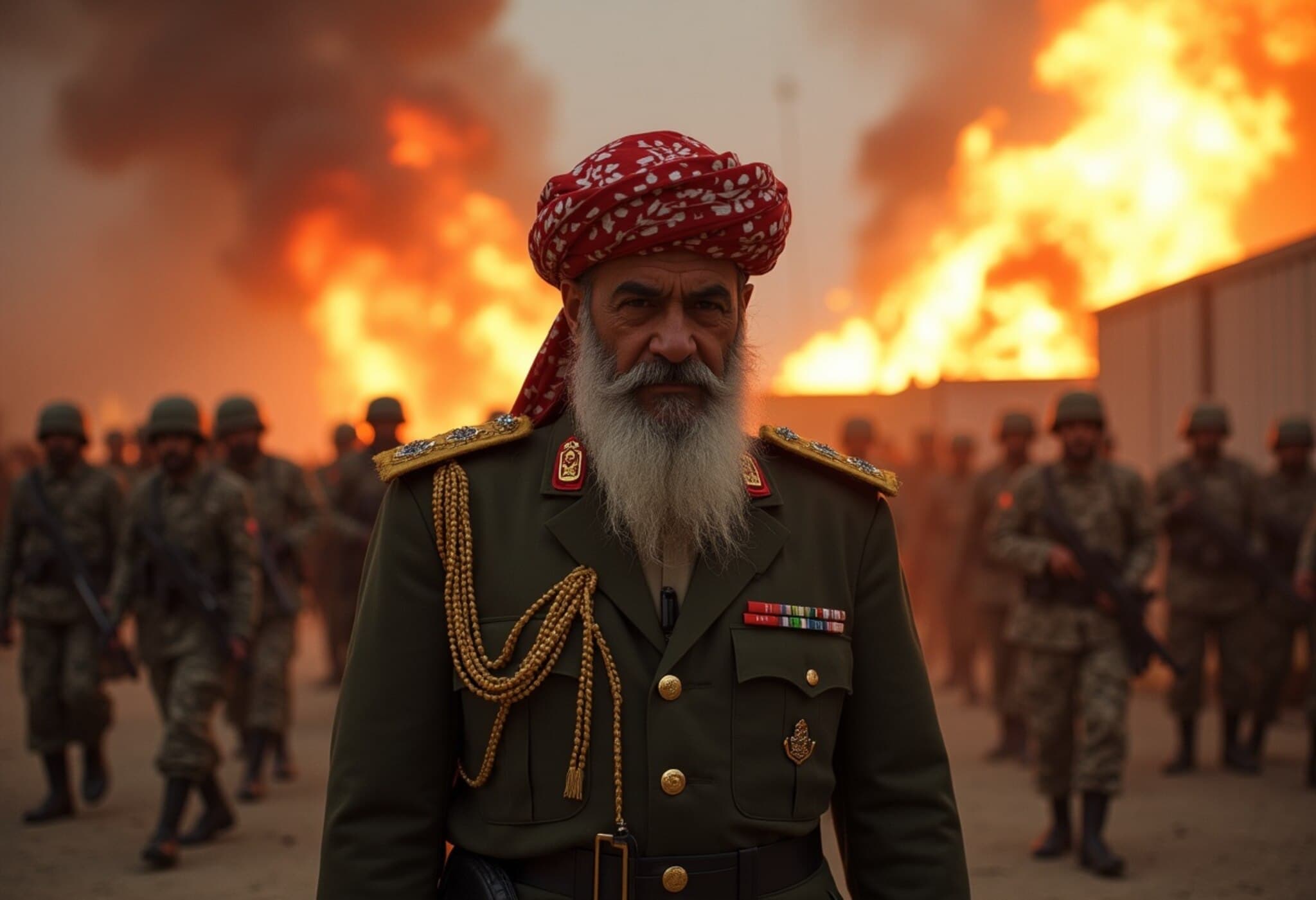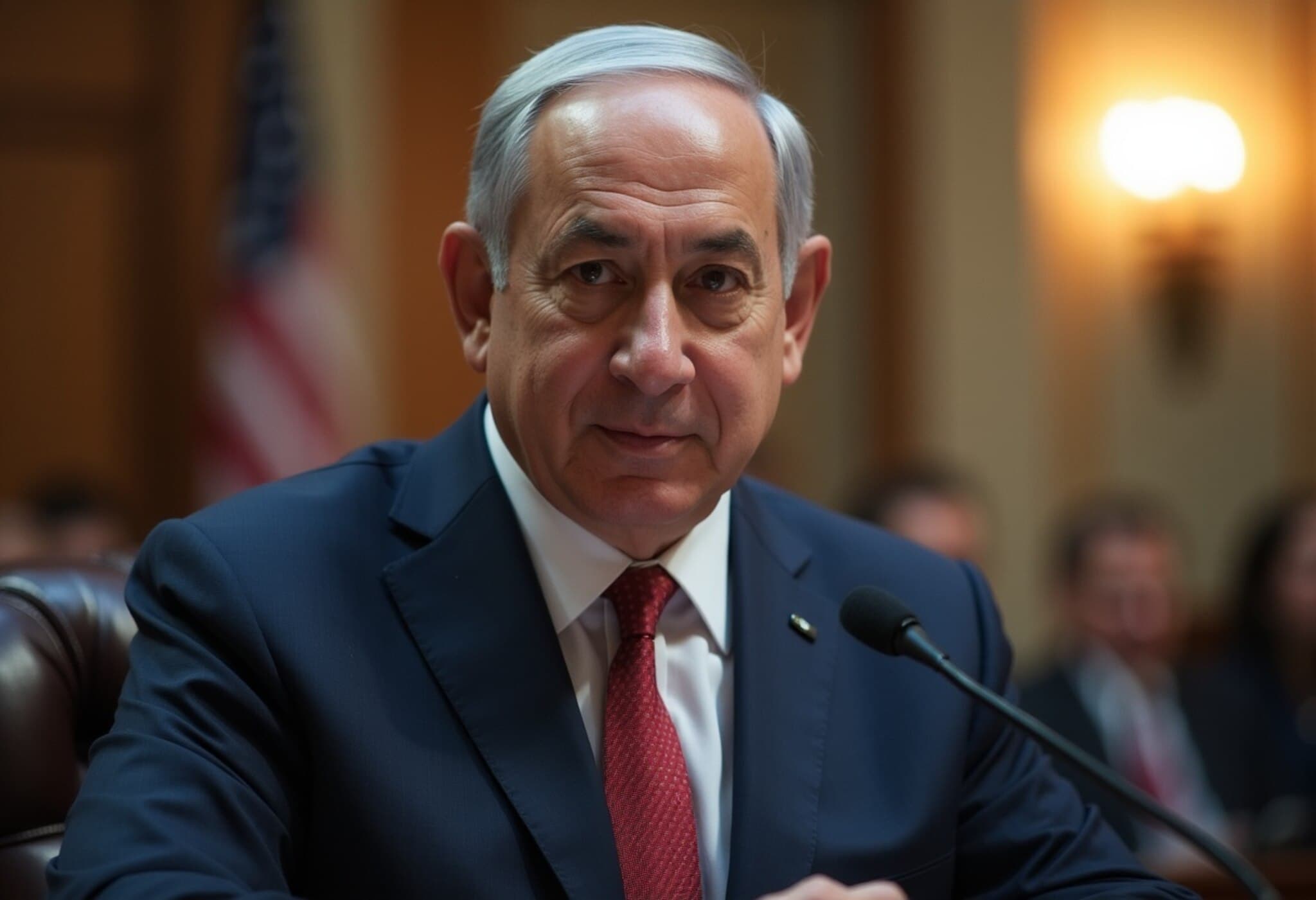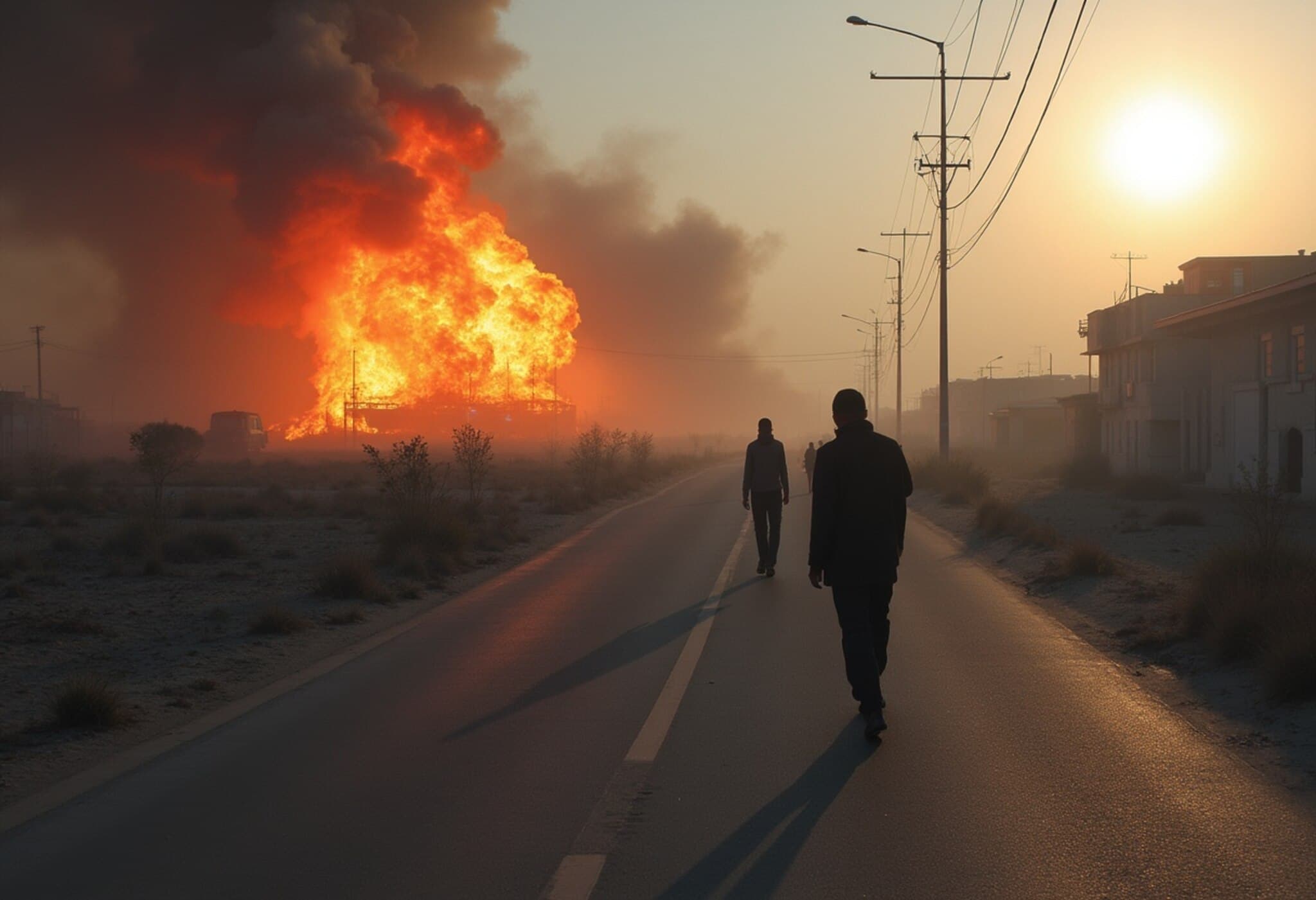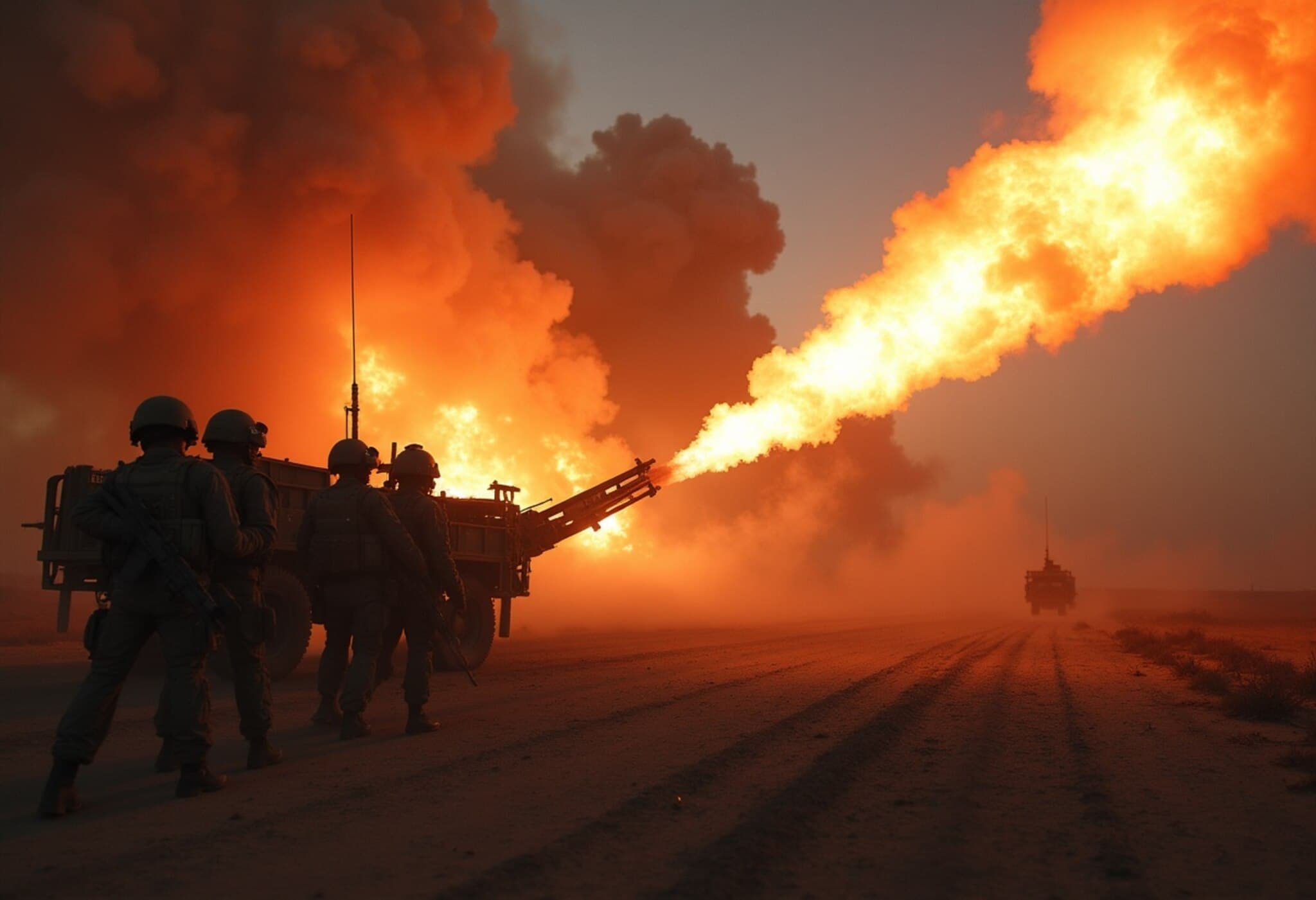Introduction: A Shift in Alliances
Once a staunch ally of the United States and Israel in the Middle East, Iran's political landscape underwent a profound transformation under the leadership of Ayatollah Ruhollah Khomeini. This shift reshaped regional dynamics and set the course for decades of rivalry and tension.
The Reign of Shah Mohammad Reza Pahlavi
On March 13, 1978, amid growing unrest across Iran, Shah Mohammad Reza Pahlavi entertained Israeli officials Uri Lubrani, the ambassador, and Reuben Morhav, Mossad's station chief, at his lavish vacation retreat on Kish Island. Despite signs of a brewing revolution, the Shah remained detached, immersed in opulence and confident in his grip on power.
Having reclaimed his throne in 1953 through a Western-backed coup, Pahlavi aimed to propel Iran into a modern era, famously aspiring for the country to be "more developed than France." His reign was characterized by rapid westernization and strict suppression of dissent, enforced by a ruthless security apparatus.
The Rise of Ayatollah Khomeini: A Religious Challenge
Among the voices opposing the Shah's regime, the cleric Ruhollah Khomeini emerged as a formidable figure. Holding the revered title of Grand Ayatollah and asserting descent from the Prophet Mohammed, Khomeini began stirring religious and political opposition.
In 1962, Khomeini, convinced he had received a divine message from the Archangel Gabriel, adopted a relentless speaking style, emphasizing potent slogans like "Islam is the solution." He blurred the lines between religious and political authority, proclaiming that Islamic clergy should directly govern, and redefined martyrdom as a noble sacrifice for the faith.
Exile and the Amplification of Khomeini's Influence
By 1964, fearing his growing sway, the Shah exiled Khomeini to Turkey, then Iraq, and ultimately France. From Paris, Khomeini broadcasted his sermons extensively, distributing over 600,000 cassette tapes inside Iran by 1978. These messages galvanized widespread anti-Shah sentiment, labeling the monarch as a "Jewish spy" and an "American snake."
Despite his declining health and cancer treatment, the Shah and his Western allies underestimated the swelling revolutionary tide, dismissing warnings of the regime’s impending collapse.
The Shah’s Departure and Desperate Measures
With the revolution escalating, Prime Minister Shahpour Bakhtiar was appointed on January 16, 1979, in a last-ditch effort to stabilize the situation. However, just hours later, the Shah and his family fled to exile in Egypt, carrying with them a box of Iranian soil as a symbolic farewell.
In the chaotic aftermath, Bakhtiar requested Mossad assassinate Khomeini at his Paris base. Though Israel recognized the potential strategic benefits, Mossad ultimately decided against the assassination, wary of the risks and public outcry that killing a religious leader on French soil would provoke.
Khomeini’s Triumphant Return and the Birth of a Theocracy
On February 1, 1979, Khomeini returned to Iran aboard an Air France Boeing 747. His arrival sparked scenes of jubilation, with millions gathering to welcome the 78-year-old cleric. Instead of agreeing to a purely spiritual role, Khomeini asserted political dominance, famously declaring, "I appoint the government in support of this nation."
The existing government collapsed within days, and by February 11, Iran had transformed into a theocratic state. The new regime opposed its former allies, branding the US as the "Great Satan" and Israel as the "Little Satan."
Legacy: From Powerhouse Ally to Regional Adversary
Under Khomeini’s leadership, Iran evolved into a formidable power, boasting Asia’s largest military arsenal and the world’s sixth-largest military force. Once the United States and Israel’s closest regional ally, Iran became their fiercest adversary, reshaping Middle Eastern geopolitics for years to come.



